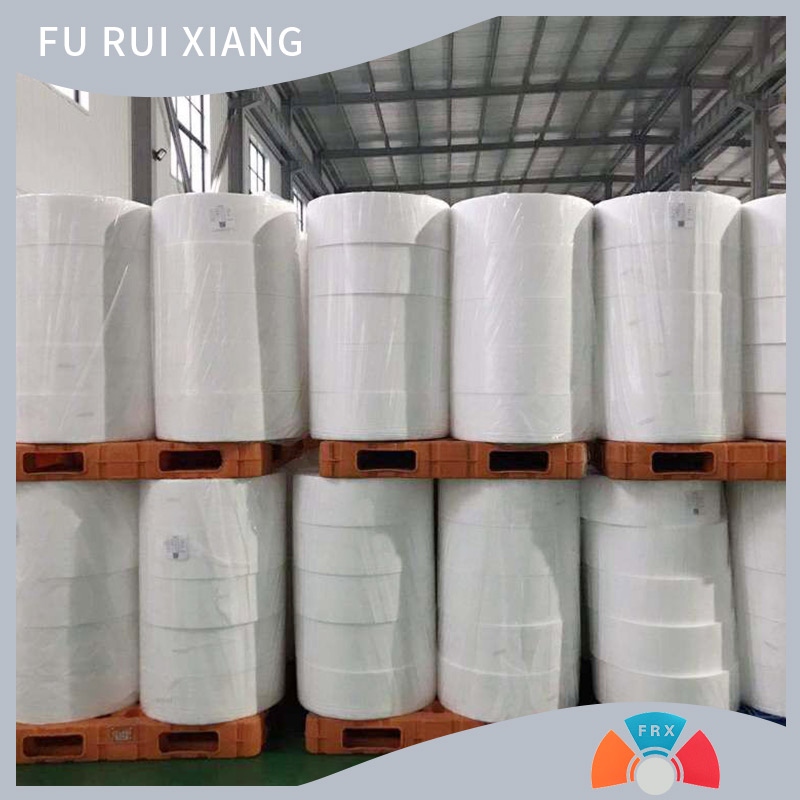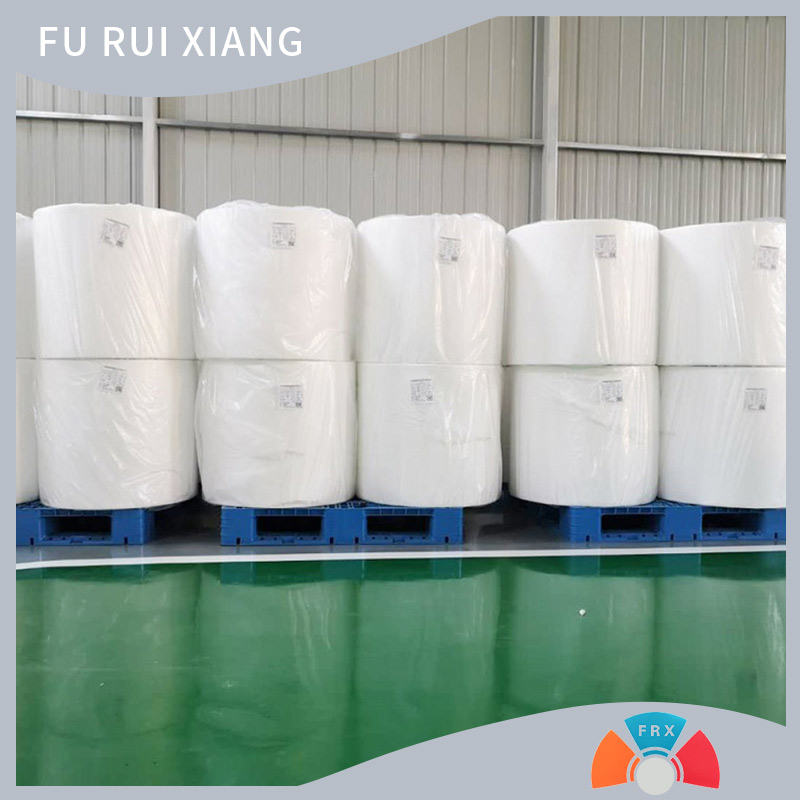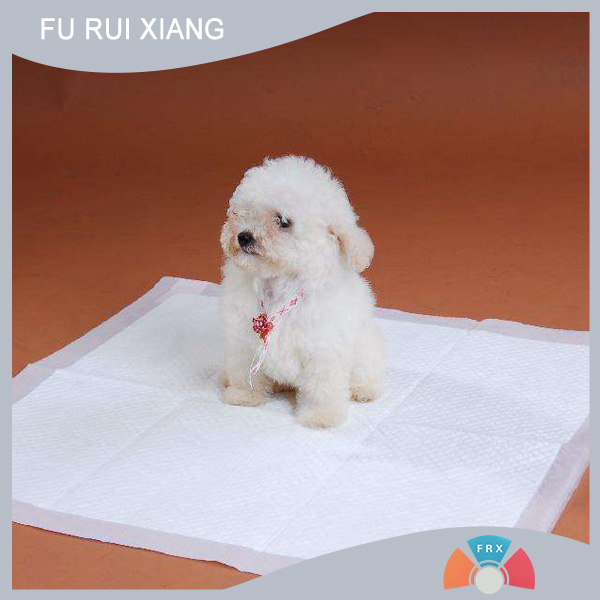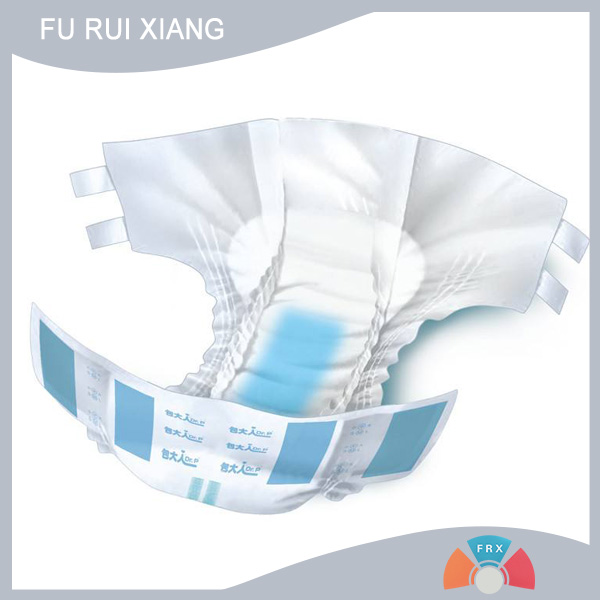Compared with other non-woven fabrics, what are the advantages of spunbonded non-woven fabrics?
Compared with other non-woven fabrics, spunbonded non-woven fabrics have the following advantages:
High production efficiency: The production process of spunbonded non-woven fabrics is relatively simple, from polymer extrusion and stretching to filament formation, to filament laying and reinforcement into cloth, the whole process is continuous and efficient, and can be rapidly mass produced to meet the large-scale demand for non-woven fabrics in the market.
Low cost: The high efficiency of its production process and wide adaptability to raw materials make the cost relatively low in mass production. For example, with polypropylene and other common polymers as raw materials, the cost of raw materials is easy to control, and the energy consumption and equipment maintenance costs in the production process are also within a reasonable range, which makes the spunbonded non-woven fabrics has a certain competitiveness in price, and can be widely used in various cost-sensitive fields.
Excellent physical properties:
High strength: Through the drafting of the filament and reasonable reinforcement treatment, spunbonded non-woven fabrics has high strength, excellent performance in tensile strength, fracture elongation, tearing strength and other mechanical properties indicators, compared with some other non-woven fabrics (such as hot air non-woven fabric) more able to withstand greater tension and stress, suitable for material strength requirements, such as packaging materials, geotextiles and so on.
Good dimensional stability: In the production process, the arrangement and reinforcement of the fiber makes the dimensional stability of the spunbonded non-woven fabrics better, and it is not easy to have obvious dimensional deformation due to environmental factors (such as temperature and humidity changes) during use, which is very important for products that require accurate dimensions (such as some medical supplies, industrial filters).
Stable chemical properties: Most spunbonded non-woven fabrics are made of polypropylene, polyester and other polymers, these materials have good chemical stability, acid, alkali, organic solvents and other chemical substances erosion, in some special chemical environment or need to contact chemical reagents application scenarios (such as filtration materials in the chemical industry), can maintain stable performance, not easy to chemical reaction and damage.
Good air permeability: The fiber structure and manufacturing process of spunbonded non-woven fabrics make them have good air permeability, and the gas can pass through the material more freely. This feature has advantages in some applications where air permeability is required, such as in the field of clothing, so that the wearer can feel comfortable and avoid hot and humid feelings; In the agricultural field, when used to cover crops, it can ensure the normal gas exchange between soil and air, which is conducive to crop growth.
Environmental protection is relatively good: harmful substances such as organic solvents are not used in the production process, and the spunbonded non-woven fabrics after production waste and waste are relatively easy to degrade in the natural environment, and the pollution to the environment is small. Some spunbonded non-woven fabrics can also be produced using recycled polymer raw materials, further reducing the impact on the environment, in line with the needs of modern society for environmentally friendly materials.
Qingdao Furuixiang Plastic Technology Co., Ltd. now has four advanced non-woven production lines, can produce 8-250 grams/square meter, width within 3.2 meters of various colors, sizes, functions (such as UV, anti-aging, antibacterial, flame retardant, hydrophobic, water repellent, super soft) SMS, SS, S polypropylene spunbonded non-woven fabrics. Qingdao Furuixiang Plastic Technology Co., LTD. 's non-woven fabrics are well received in the international market, and have passed a number of quality certifications such as SGS, ITTC, IAF, OEKO-TEX, CNAS, etc
- Spunbonded non-woven fabric: the practical pioneer of the textile industry!
- Textile industry forge a new competitive advantage!
- Spunbonded non-woven fabric: the invisible guardian of modern life!
- January - November 2024 Textile Industry Analysis!
- Spunbond non-woven fabric future prospect development introduction!
- Textile industry Market Trends!
- The application field of Eisai non-woven fabric!
- Capacity utilization rate of China's textile industry in the first three quarters of 2024!
- Furuixiang Eisai non-woven fabric has many excellent characteristics and a wide range of applications!
- The operation of the textile industry from January to October 2024!










